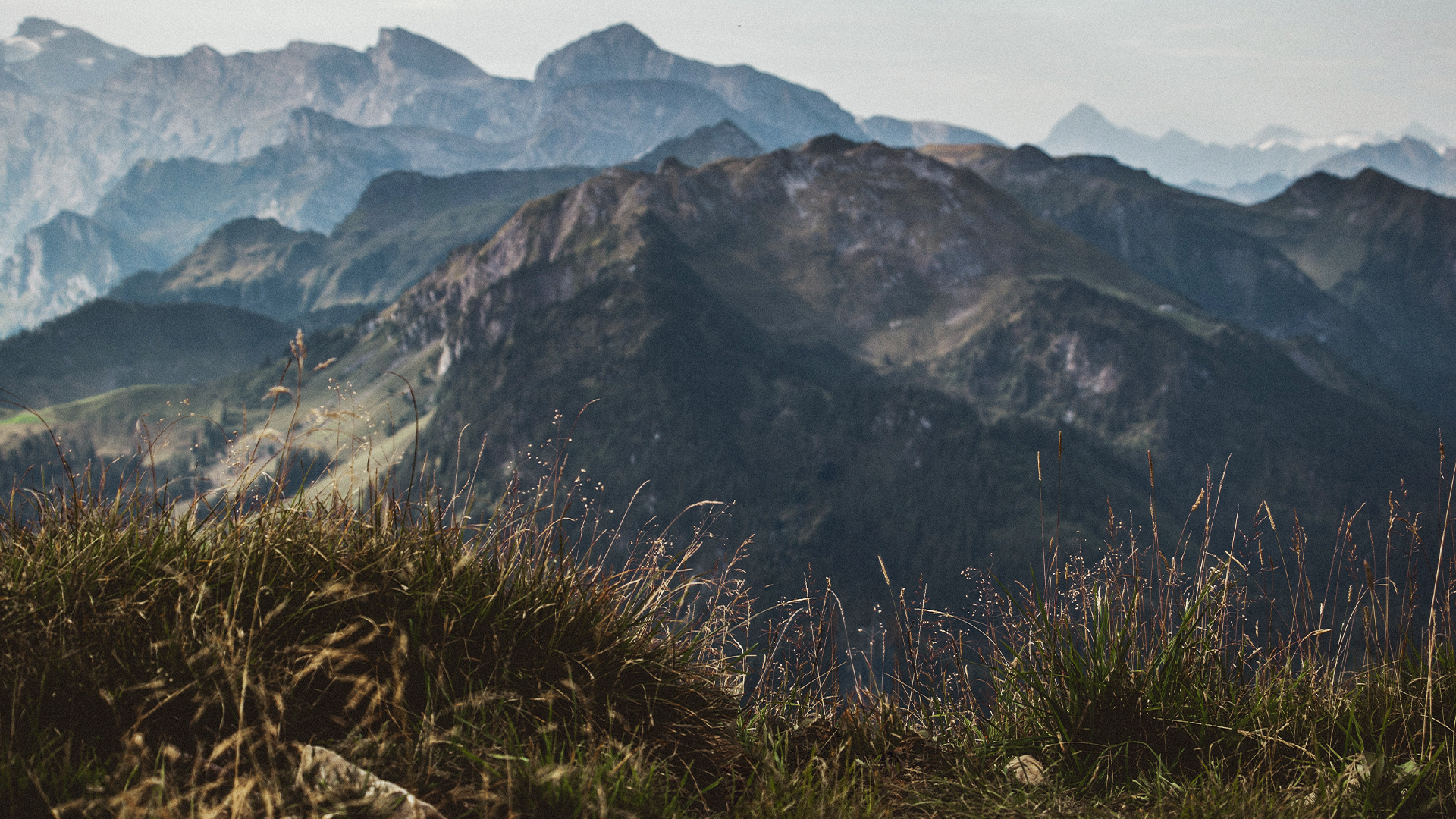Great innovative minds are banding together to come up with sustainable solutions. One such solution is rewilding, a term that comes under the regenerative farming umbrella. Regenerative farming is a farming process that aims to improve soil health, land, and water quality. But what is rewilding, and how can it help save our planet?
In 2022, the world seems to be in universal agreement: the future needs to be greener. All industries, across all nations, have a responsibility to play their part for a brighter, more sustainable world. This summer's heatwave and droughts across the globe will not be the last. Scientists have declared that such instances could only be worse in the years to come if we do not collectively try to reduce the impact together; there will be more extreme weather conditions, which, in certain corners of the Earth, may not even be survivable. What’s more, there has been a devastating increase in animal and plant extinction. The entire ecosystem plays a critical role in our environment. Plants and species need each other to thrive and survive: us included.
However, it's not all doom and gloom. Great innovative minds are banding together to come up with solutions. One such solution is rewilding, a term that comes under the regenerative farming umbrella. Regenerative farming is a farming process that aims to improve soil health, land, and water quality. But what is rewilding, and how can it help save our planet?
What is Rewilding?
The verb ‘to rewild’ is simply defined as “restoring (an area of land) to its natural uncultivated state.” This typically occurs on a large scale, with the aim for “nature to take care of itself”, by forcibly recreating natural processes, with the ultimate goal to reintroduce certain species into the ecosystem. Rewilding is, therefore, less of a preventative process, but entirely aiming to inspire recovery and restoration.
There are three main types of rewilding: Pleistocene, Passive, and Translocation. Each of these types have the same aim, yet involve different levels of human intervention. Passive rewilding is as the name suggests; it requires little to no human intervention, whereas, in contrast, pleistocene rewilding takes an active approach in reintroducing descendants of extinct species from the Pleistocene era. Thirdly, Translocation - or Tropic - rewilding is the most active process of all, as it involves reintroducing species from more recent eras.
Click here to discover three renowned examples of rewilding in action!
How Does Rewilding Help Battle the Climate Crisis?
When questioning the extent to which we should be prioritising rewilding, its environmental impact should take centre stage. Rewilding certainly plays its part in helping fix the climate crisis: for example, restored ecosystems such as forests, peatlands and salt marshes provide ample opportunity to soak up carbon dioxide, while releasing oxygen into the atmosphere. What’s more, such healthy ecosystems provide nutritious soils, clean air and clean water in tandem: the foliage filters the air we breathe, while the rivers become equally unpolluted. At present, only 14% of the UK’s rivers are in a ‘good ecological’’ condition. This is mirrored by other bodies of water across the globe, and is a statistic which drastically needs to change - however, rewilding is one of the key answers. Importantly, rewilding also reverses biodiversity loss, allowing habitats to reestablish and replenish their natural state - as Mother Nature intended it.
Furthermore, amidst the battle against Global Warming, rewilding can play a pivotal role in mitigating extreme weather events. A land full of thriving trees and scrub absorbs water and reduces the chance of flash floods (which can occur after those dreaded heatwaves!). All in all, rewilding is a key facet of regenerative agriculture, which is one of the up and coming essentials for fighting the climate crisis.
Other Benefits of Rewilding
Beyond the environmental benefits, there are a plethora of other reasons for us to prioritise rewilding. Rewilding is a fantastic way to support local communities; not only does it create job opportunities for locals (from river restoration and livestock management to running community activities), it also enhances ecotourism, bringing people together who then will make use of local businesses such as cafes, pubs, and shops.
Secondly, have you ever heard of health care professionals ‘prescribing’ nature? This non-clinical practice has evolved due to the increasing scientific evidence that time spent surrounded by nature can improve physical and mental health.
Paving the Path for 2023
To conclude, the future is green - and rewilding is set to play a significant part in this journey. In readiness for 2023 onwards, we can jump start the process for ecosystems to thrive again, working alongside agriculture and human life. If you want to learn more about rewilding, beyond visiting (and volunteering at!) one of these sites, which span the globe, there are numerous sources of information in bookstores and online. Among some of the top reads, we particularly recommend ‘Feral: Rewilding the Land, the Sea, and Human Life’ by British activist George Monbiot. Check it out if you haven’t already!
And remember: “The best time to plant a tree was 20 years ago. The second best time is now.”






